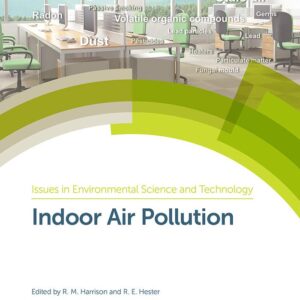Air quality has a direct effect on the health, welfare, and production performance of livestock as the high quantities of noxious gases, dust, and airborne microorganisms are likely to lessen production efficiency and the overall welfare of farm animals. Long-term exposure to particulates in livestock buildings might also impact the respiratory health of farmworkers. Dust in animal buildings includes many biologically active substances like fungi, bacteria, endotoxins, and residues of antibiotics (as a result of veterinary treatments) that are believed to be hazardous to human health. Moreover, air pollutants emitted from livestock buildings can reduce water, air, and soil quality and can potentially weaken the health of nearby residents. Airborne emissions include ammonia, nitrous oxide, methane, particulates like dust, and microorganisms. Furthermore, other potentially harmful substances like heavy metals, antibiotic residues, and components of disinfectants might be also released from livestock buildings that are potentially damaging to ecosystems.
In Air Quality and Livestock Farming (PDF), key aspects of agricultural air quality, like monitoring, managing, and decreasing airborne pollutants in and around livestock facilities are reviewed.
978-1138748873, 978-1315738338, 978-1138027039
Features:
- with contributions from international specialists and researchers
- offering up-to-date information for professionals involved in modern animal production
- addressing the raising awareness of the significance of optimal health and welfare for livestock species
This ebook will be useful for farming professionals, students, policymakers, academics, business leaders, regulatory bodies, and agricultural consultants.
NOTE: The product only includes the ebook Air Quality and Livestock Farming in PDF. No access codes are included.






Reviews
There are no reviews yet.